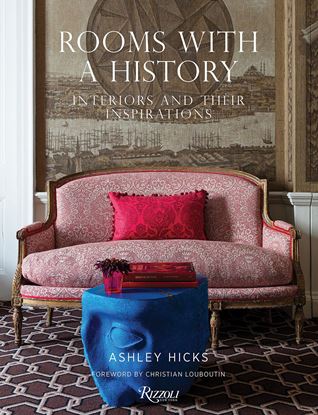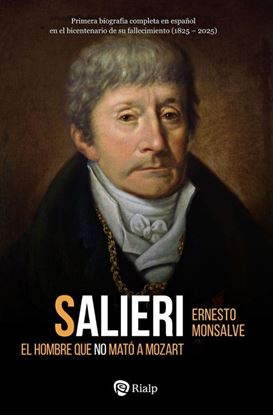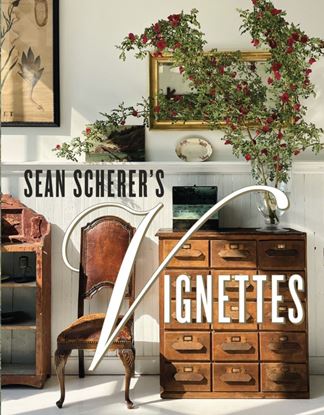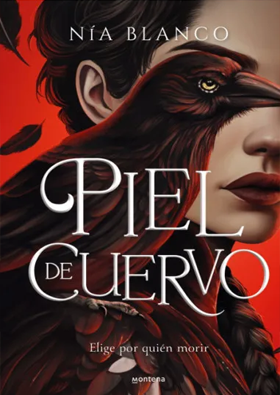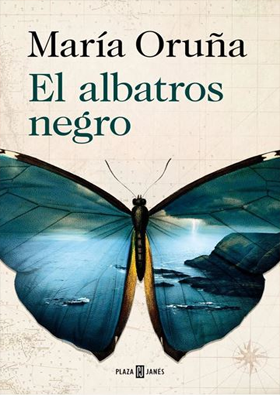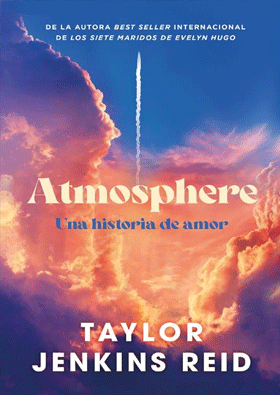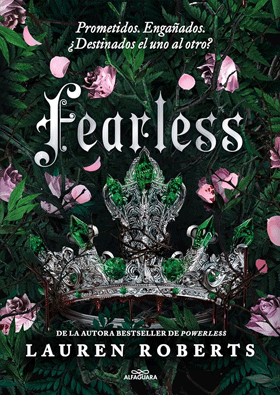

SALIERI. EL HOMBRE QUE NO MATO A MOZART
Cuando falleció Mozart, su cortejo fúnebre fue seguido por los varones de la familia y por un único músico: Antonio Salieri. Pocos días después, se origina un rumor por toda la ciudad: el compositor italiano habría asesinado a Mozart por celos.
1,995
SANTA BARBARA. AT HOME IN PARADISE
With new photographs of houses steeped in the period revival tradition, from 1838 to today, not since Rizzoli’s Santa Barbara Style (2001) has a book so eloquently captured the distinctive splendor of this seaside paradise.
Known worldwide for the Santa Barbara style, the town epitomizes a type of building at once elegant and suffused with poetry. At its heart is the historic downtown, featuring white-washed Mediterranean-style stucco buildings with tile roofs and the iconic Santa Barbara Mission of 1786, whose austere beauty set the tone for all that followed. From its earliest days, the influence of this place has been felt and has since radiated across the sunbelt; it continues to be a model of emulation and inspiration. But it is the houses and the dream of living in Santa Barbara and its sister communities of Ojai, Carpinteria, Summerland, Goleta, and Montecito that casts the most profound spell.
3,700
SEAN SCHERERS VIGNETTES
How do you make your home come alive with personality, charm, and memory? In the introduction to Sean Scherer’s first book, Kabinett & Kammer: Creating Authentic Interiors, Anderson Cooper writes, “Scherer has a unique ability to place otherwise ordinary objects in a completely unexpected context or grouping and in so doing change the way you see them.”
In Sean Scherer’s Vignettes, Scherer focuses in on the art of combining common objects into aesthetically pleasing groupings, or vignettes. Contending that a vignette can set the whole mood and tone of a room, he shows you how to use any surface in your home, from a tabletop to a bookshelf to a wall, to create lively displays of your favorite items. Beautifully illustrated with Scherer’s own photographs, the book demonstrates how to balance color, texture, and shape, and provides lessons on how to create both symmetrical and asymmetrical vignettes.
2,995
SERIES QUE ESTAN CAMBIANDO NUESTRA VIDA
Una selección de las series que han marcado un hito y han cambiado el panorama audiovisual de los últimos años. Y con ellas algunas de las curiosidades más sosrprendentes de un género que parece augurar una larga y saludable vida.
800


